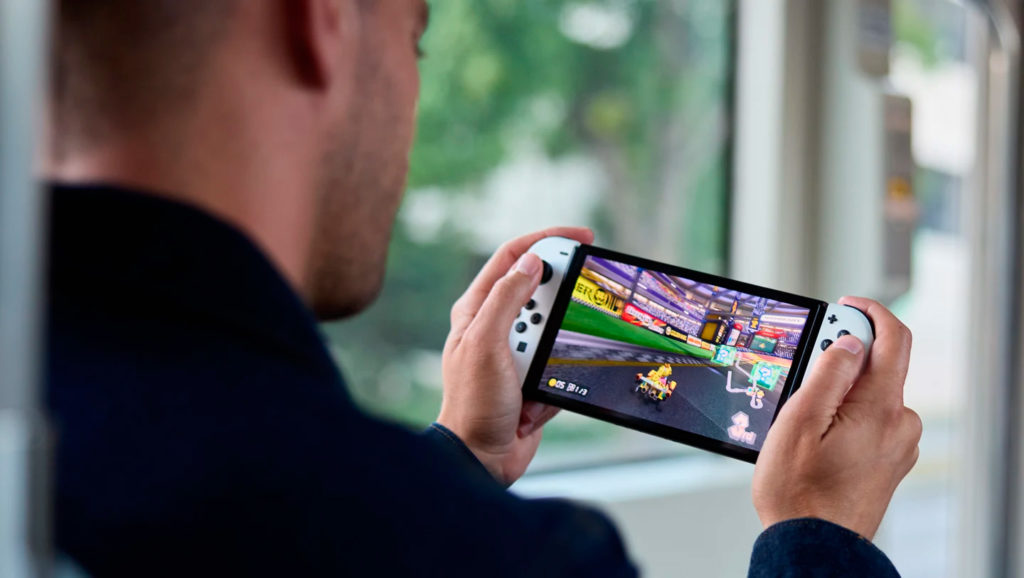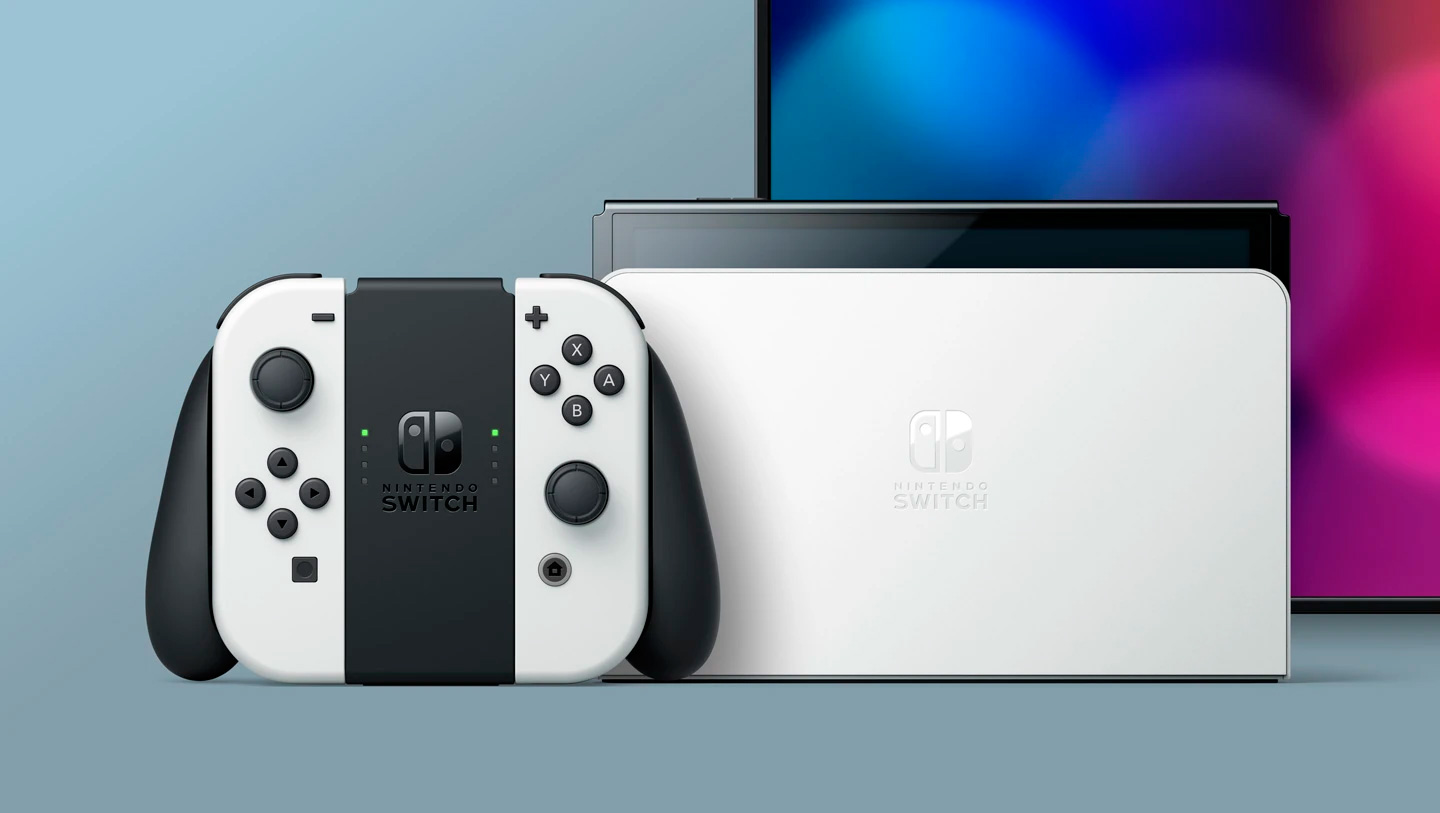On the morning of July 6, Nintendo announced the newest version of its popular Nintendo Switch console, the OLED model. The “newest member of the Nintendo Switch family” will release later this year on Oct. 8, at a $349.99 price point. Now there are three versions of the Switch: the original Nintendo Switch, the Switch Lite, and the Switch OLED model.
Other than a $50 price increase, there are a few key difference between the Switch and the Switch OLED model that you should be aware of.
Wider screen
Naturally, the OLED model has an OLED touch screen compared to the Switch’s LCD touch screen. The screen grows to 7.0 inches on the OLED model compared to the 6.2-inch screen on the Switch, and the 5.5-inch LCD touch screen on the Switch Lite. Despite an extra half inch bigger screen, the Switch OLED Model itself is only slightly bigger. It is 0.1 inches longer and .05 pounds heavier than the original Switch.

Twice as much internal storage
One of the biggest improvements to the OLED model is double the amount of internal storage, increasing from 32GB to 64GB. This is welcome news to Switch players who don’t like buying physical versions of the game, especially considering the size of some of the platform’s most popular games. Breath of the Wild, for example, takes up over 13GB of storage, which is almost half the storage in a normal Switch but less than a quarter on the OLED model.
Built-in LAN port
Players with spotty Wi-Fi can now rejoice, a built-in LAN port has been added to the back of the Nintendo Switch OLED model. A LAN connection can be used instead of Wi-Fi when the Switch OLED model is playing in TV mode. A LAN cable is not included with a purchase of the Switch OLED model.
Wider stand and enhanced audio
The Nintendo Switch OLED model sports a wider, more adjustable stand on the back, compared to the basic, skinny stand on the original Switch. Additionally, the on-board speakers of the OLED model will support “enhanced audio.”
Additionally, original Joy-Cons will all work with the Switch OLED model and vice-versa. There’s no 4K support on the OLED model like many fans were hoping for, and the battery life for the OLED model is the same as the original.













Published: Jul 6, 2021 10:38 am